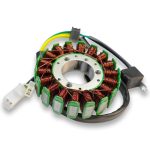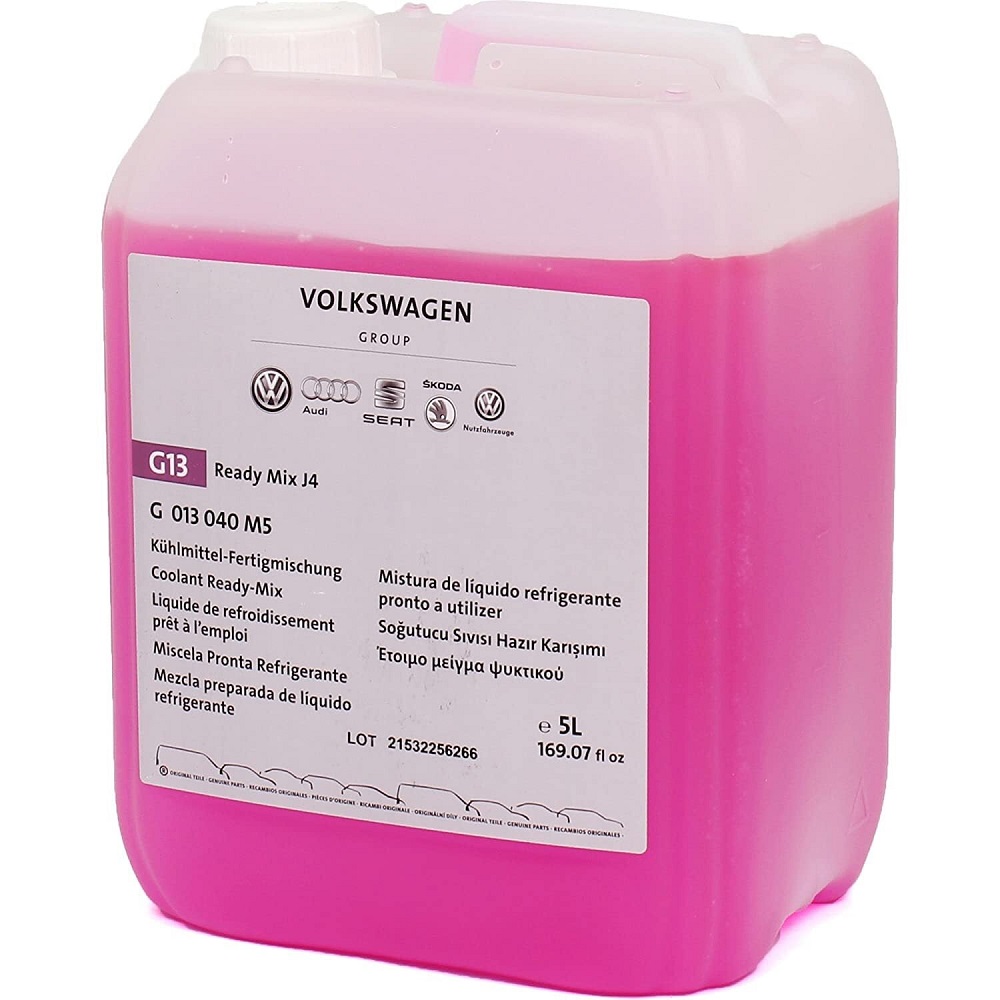Diagnosing the Ignition Issue
Experiencing a car key not working in the ignition can be quite the headache. The key may refuse to turn or the ignition feels stuck. First things first, don’t panic. Diagnosing the root cause is crucial before choosing a solution. Here we’ll explore common issues and how to spot them.
Understanding Components Impacting Key Movement
Various parts inside your car’s ignition system can affect key movement:
- The steering wheel lock is a security feature that engages when the key is removed.
- The gear selector must be in park or neutral in some vehicles before the key turns.
- The car battery’s condition can prevent the key from turning if it’s dead.
A check of these components can offer insights into the problem.
Recognizing Key-Related Problems
Your car key itself could be the culprit:
- A bent key may insert but not align properly within the ignition.
- Wear and tear over time could erode the key’s shape and form.
- Accidentally using the wrong key can prevent operation. Double-check your key.
- Dirt and debris can clog your key, needing a simple clean.
Evaluating these key problems could reveal a straightforward fix.
Identifying Ignition Lock Cylinder Obstacles
The ignition lock cylinder could have internal issues, too:
- Obstructions inside the key cylinder from metal shavings can block the keyway.
- Springs and pins that have stuck prevent the cylinder from turning.
These obstacles require careful handling, possibly needing professional attention.
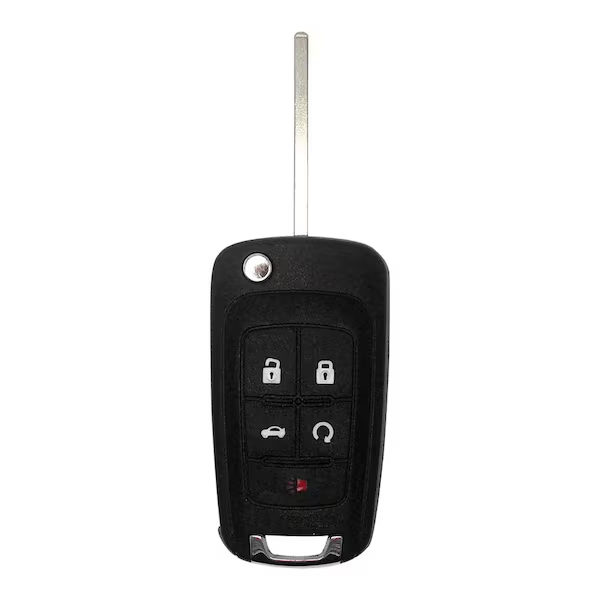
Troubleshooting Steering Wheel Lock
When your car key is not working in the ignition, the steering wheel lock may be involved. This feature locks the wheel once the key is removed for security.
Maneuvering the Steering Wheel to Release the Lock
Here’s a step-by-step approach to releasing a locked steering wheel:
- Hold the steering wheel with both hands and try moving it left and right.
- Apply varying pressure gently; do not force it.
- Turn the key in the ignition while wiggling the wheel.
- Feel for a click as the lock disengages when the correct position is found.
Using these simple steps can often free the steering wheel, allowing the car key to turn in the ignition. If the key still doesn’t turn, further investigation might be needed to find other potential issues.
Addressing Gear Selector Quirks
Sometimes the issue with a car key not working in ignition may come from the gear selector. This happens often in cars with automatic transmissions where the gear selector has specific safety locks.
Ensuring Proper Gear Selector Position
To ensure your gear selector is not the problem, check its position. It should be firmly set in ‘Park’ or ‘Neutral’. If it’s not, the ignition may lock the key in place. Gently jiggle the shifter to correctly position it, then try turning the key again. This simple check could solve the issue and get you on your way.
Checking the Car Battery
Assessing Battery Health as a Cause for Ignition Failure
A dead or weak battery might be why your car key is not working in the ignition. Here’s how to assess battery health:
- Check the lights: If your car’s interior or headlights are dim or won’t turn on, the battery may be the issue.
- Listen for a click: When you turn the key, a clicking sound can mean the battery has enough power to trigger the starter, but not enough to crank the engine.
- Use a voltmeter: A more precise method is to check the battery voltage with a voltmeter. A reading below 12.4 volts indicates a low charge.
Should the battery be the culprit, you might need to charge or replace it. Charging can be done with a car battery charger, or you could try jump-starting the car with another vehicle. Yet, if the battery is old or damaged, replacement is usually the best option.
Keep in mind that modern cars with electronic systems may not allow the key to turn if the battery is dead. Always make sure your car battery is in good condition to avoid issues with starting your vehicle.
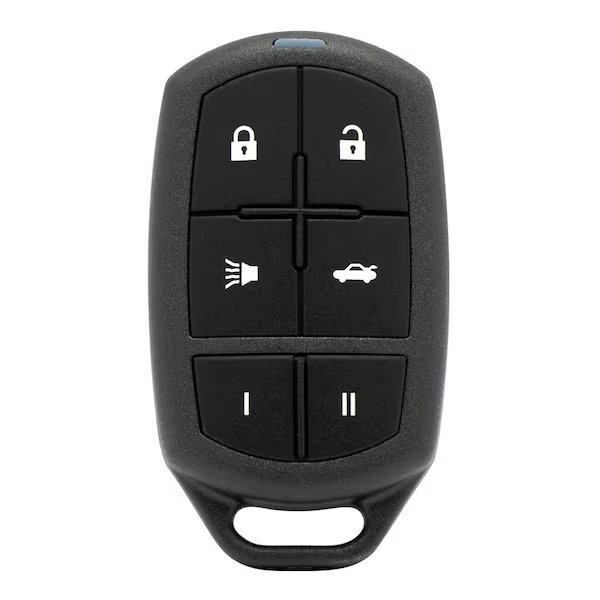
Key Inspection and Fixes
When faced with a car key not working in ignition, start with the key itself. A damaged or unsuitable key is often the source of the problem. Here’s how to address key-related issues.
Straightening a Bent Key
A bent key can happen from mishandling or accidents. If your key isn’t straight:
- Place it on a flat surface.
- Use a rubber mallet to gently tap it back into shape.
- Check alignment frequently to avoid over-flattening.
Replacing Worn Out Keys
Keys wear out with time, losing their precision. If the key’s teeth are not distinct:
- Find your spare key and use it.
- No spare? Locate your Vehicle Identification Number (VIN).
- Contact your dealership for a key replacement with your VIN.
Confirming the Correct Key
Mixing keys up is common and can create confusion. If the key won’t turn:
- Ensure you’re using the correct key for your car.
- Compare with other keys if you’re unsure.
- Try the right key once identified.
Cleaning Dirty Keys for Better Functionality
Keys collect dirt which can impede their function. Clean your key for better performance:
- Use a cotton swab with alcohol to wipe the key.
- Make sure to reach all grooves and ridges.
- Allow it to dry before trying in the ignition again.
Follow these simple key inspections and fixes to tackle issues with a car key not working in ignition. If problems persist, further investigation into the ignition system may be required.
Resolving Ignition Lock Cylinder Issues
Sometimes, the car key not working in ignition is due to the ignition lock cylinder.
Clearing Obstructions
To fix this, inspect the cylinder for debris or dust.
- Use a flashlight to check for visible blockages inside the cylinder.
- Carefully remove any debris with canned air or a cleaner.
- Avoid force to prevent damage to the cylinder.
Removing blockages may allow the key to turn smoothly.
Unsticking the Springs
Stuck springs in the cylinder can stop the key from turning.
- Tap the ignition gently with a small hammer.
- Aim to create light vibrations to loosen the pins and springs.
- Avoid hard strikes to prevent internal damage.
If springs are free, the key should turn without resistance.
By addressing cylinder issues with these steps, you may solve key movement problems.
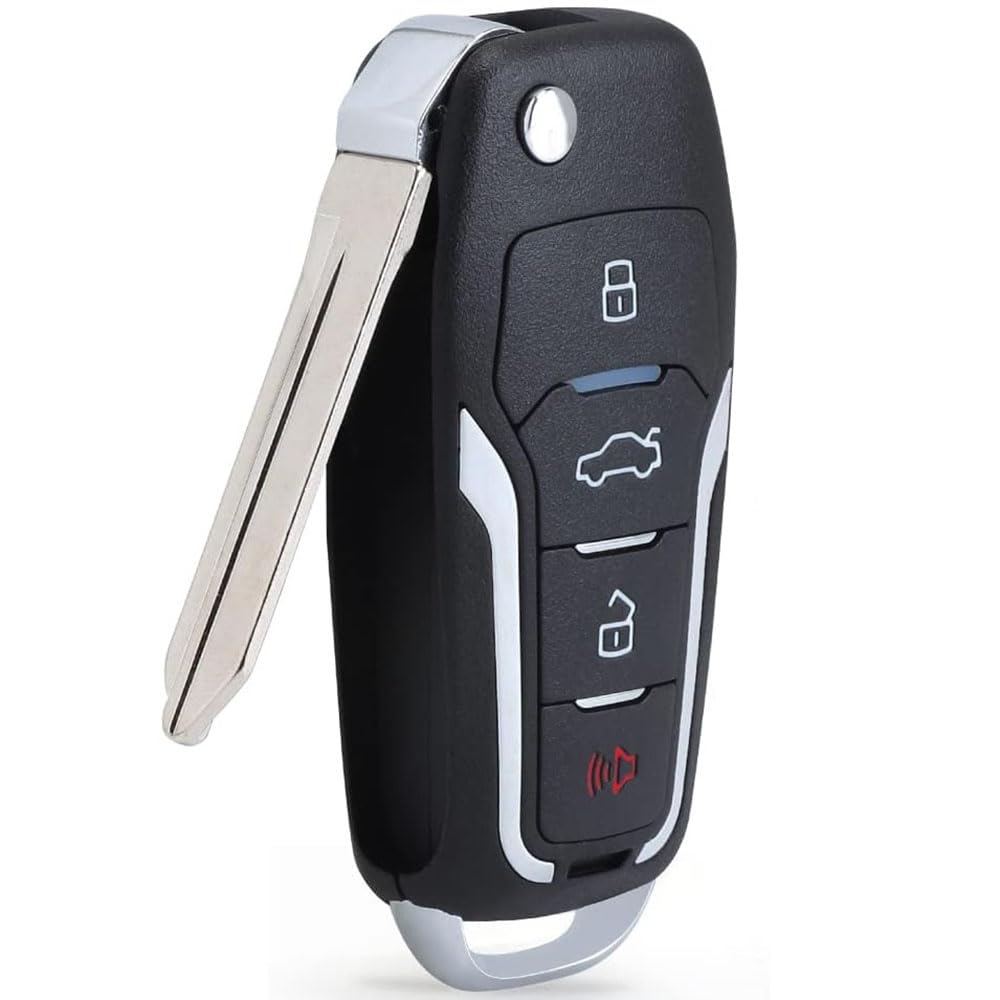
Alternative Methods for Key and Ignition Problems
When dealing with a car key not working in ignition, beyond conventional methods, other techniques can be effective.
Adjusting Transmission and Lock Status
Sometimes, the issue is simpler than it seems. Check if your car is in the correct transmission setting – it should be in ‘Park’ or ‘Neutral’ for automatic cars. This simple adjustment can free the key.
Make sure the ignition is set to ‘Off’ or ‘Lock’. This tells the system the car is not operating, allowing key removal.
Lubricating the Ignition Socket
If adjusting settings doesn’t help, consider lubricating the ignition.
- Select a silicone-based lubricant – it’s safe for most car ignitions.
- Apply a small amount inside the key slot. Make sure it’s evenly spread.
- Wait for it to dry, then try the key again.
Lubrication can reduce friction and help the key turn smoothly in the ignition.
When to Seek Professional Help
Sometimes, car key issues are too complex to solve by yourself. If your car key is not working in the ignition and you’ve tried all the DIY tips, it might be time to seek professional help.
Consulting an Automotive Locksmith for Expert Repairs
An automotive locksmith is skilled in handling more intricate car key and ignition problems. Here’s why you should consult one:
- Expertise: Locksmiths have the tools and knowledge to diagnose issues accurately.
- Equipment: They use specialized tools that can safely repair or replace car key mechanisms without further damage.
- Efficiency: Professionals can often fix the problem much faster than DIY methods.
- Guarantee: Most locksmith services offer a guarantee on their work, giving you peace of mind.
If you’re stuck, a certified locksmith is just a call away to resolve your car key and ignition troubles professionally.
